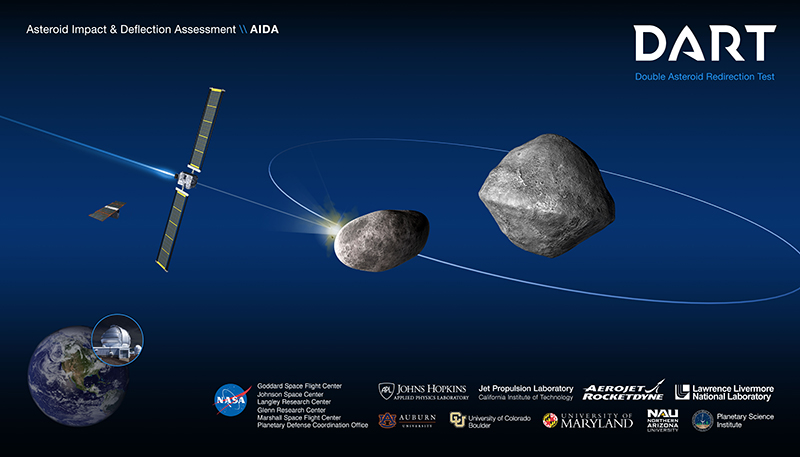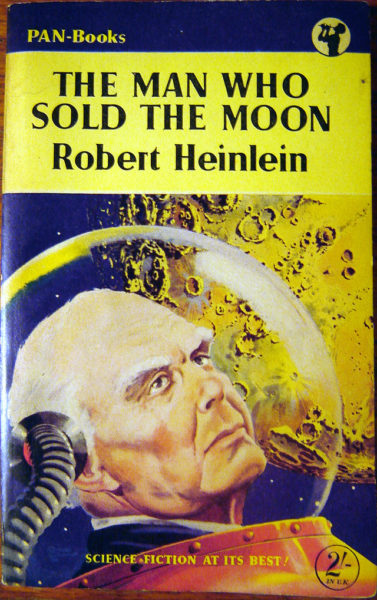Homoitalicus Blog responds to a new book [At Our Wit’s End by Edward Dutton and Michael Woodley of Menie] that concludes that we (western civilization) are headed toward a similar fate as the western Roman Empire:
The reason that these staggering feats of engineering haven’t been repeated is more to do with economics and politics than with any perceived lack of engineering Genius in the population. The authors fail to reflect that emerging from the massively centralised wartime economy of the West there was an enormous technological infrastructure of scientists and capable administrators just sat there with no more Nazis to fight, communist megalomaniacs to support, Atom bombs to build and test, or greatest seabourne invasions in history to plan and implement.
This was probably the greatest concentration of intellect ever harnessed to a single cause and hopefully we’ll never need to see its like again
With the war done and dusted some new purpose needed to be found for all this talent, the way of government being what it is, returning all these geniuses to normal boring peacetime activity was never an option.
Newly nationalised aircraft industries took the wartime inventions of jet engine and the rest and evolved them with massive amounts of financial input from the government into Concorde, truly a magnificent aircraft but one which could uncharitably be described as using taxpayers’ money to ferry plutocrats from one side of the Atlantic to the other. Whether it ever really paid for itself is a moot point and the unseemly haste with which it was dumped after the crash tends to imply that its 50-year-old airframes were becoming a burden, and the economic case for making a new generation of supersonic planes is weak – luckily the will in the west for another taxpayer-funded effort doesn’t seem to be there. That is progress.
Likewise the man on the moon, possible only because of the Cold War space race.
The authors might as well explain the fact that we haven’t build another pyramid of Giza or Great Wall of China.
Their assertion that a general decline in the amount of creativity (which is correlated strongly with g) is justified by the observable decline in the quality of the output of the BBC. However other possible reasons for this are the infestation of Cultural Marxism and its baleful handmaid, Political Correctness, which really mitigate against creative thought. It is impossible to imagine making The Life of Brian, or The Sweeney or countless other shows which we enjoyed in our youth nowadays largely for reasons of PC and the fact that the BBC’s mission is now brainwashing rather than entertainment. State broadcasters the world over will suffer from the same problem, as does (worryingly) the world of academe in which speakers of truth or opinion which lie outwith accepted and very tightly bounded acceptability, are routinely no-platformed or summarily sacked. The teaching of history and the humanities generally has been debased, and only the STEM subjects seem to have resisted (excluding the question of Climate Change which has taken on the trappings of a religion rather than serious science).
As a consequence it is impossible to separate the effects of CM from the mooted results of a generalised decline in intelligence, and the authors are wrong not to point this out.
They don’t consider either the likely effect of the 20th century’s great blood letting in the fields of Flanders. A substantial proportion of the best and brightest of a generation were ground into the mud there before being able to procreate. I would be surprised if that had no effect on the quality of the gene pool.
H/T to the Continental Telegraph for the link.










